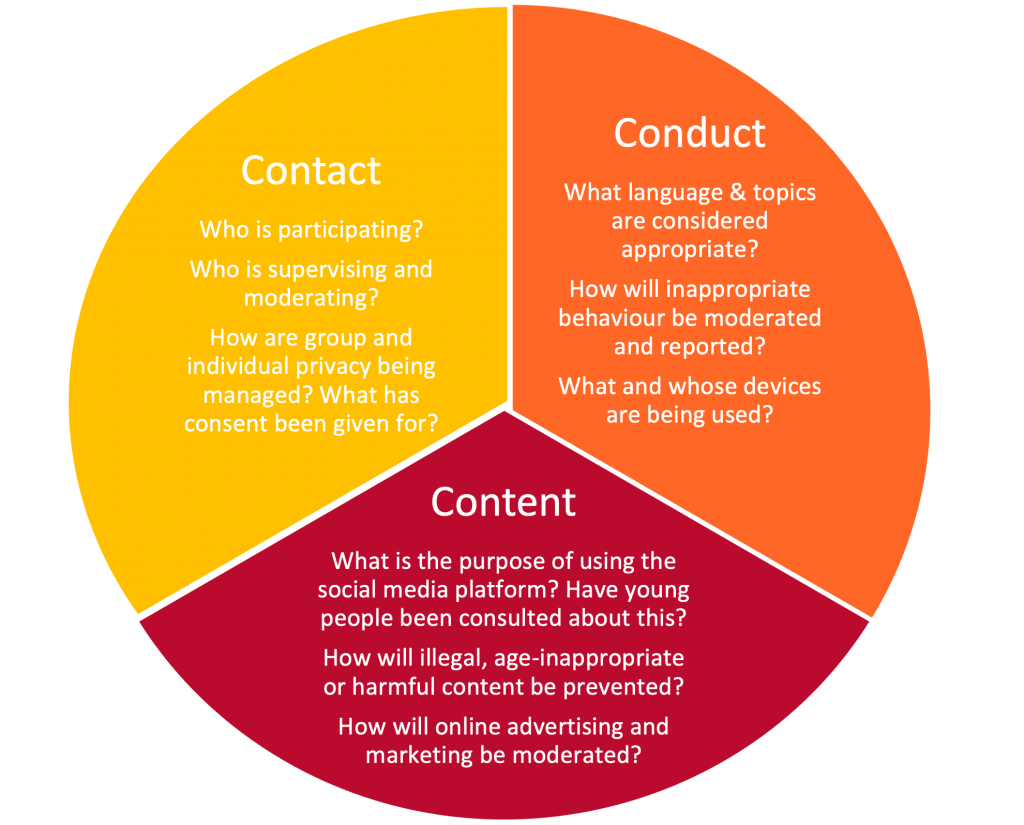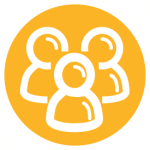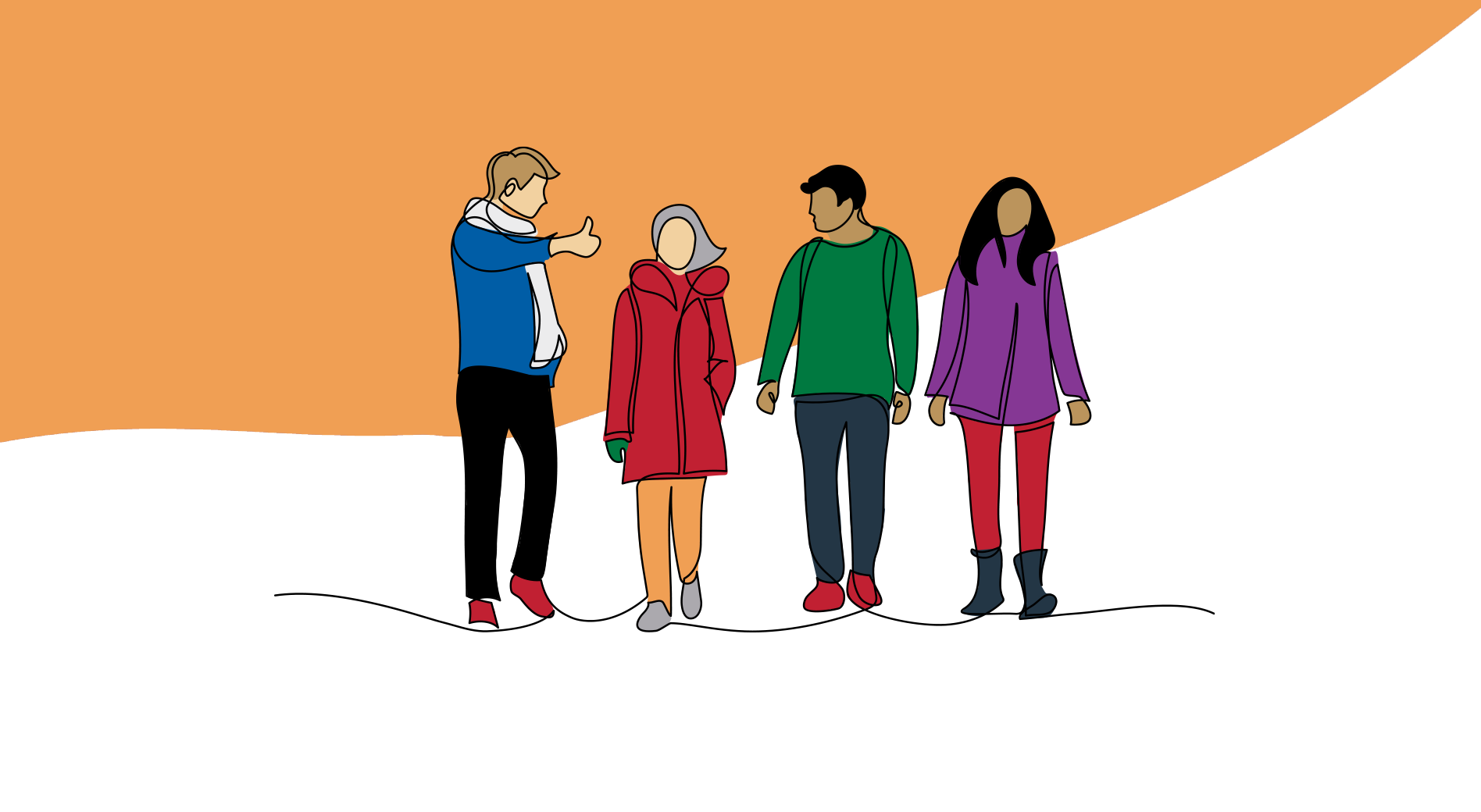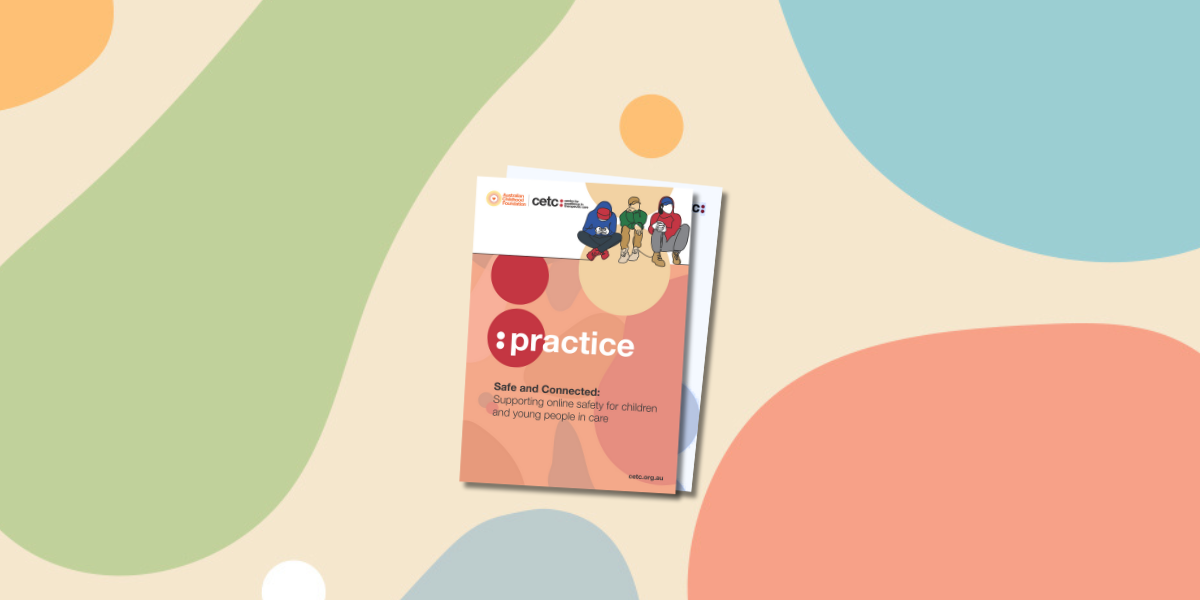How can you support safe social media use in out-of-home care organisations?
Jun 2021
Written by Jessica Carter Kelly Royds
Facebook, Twitter, WhatsApp, TikTok, WeChat, Instagram – as common as these social media platforms and many others are, most of us are still learning the best ways to use (or not use) them.
As tools designed to remove many of the boundaries between people, social media use has enormous potential. But it also invites a range of questions about appropriate use in professional settings, where boundaries often remain important.
For those working with children and young people, especially in out of home care, Intensive Therapeutic Care and residential care settings, the questions apply not only to ourselves as adults but also to what is appropriate and safe among young people.
Teenagers in Australia typically access up to five separate social media services each day (Office of the eSafety Commissioner 2018). Among more vulnerable cohorts, such as those in Intensive Therapeutic Care and residential care, there is limited research. But we do know that children and young people in Intensive Therapeutic Care and residential settings can be highly vulnerable in online and digital settings, including but not limited to sexual exploitation. Their social isolation, poor impulse control, and sensation-seeking behaviours, play out in real-time and online. Poor school attendance for young people in residential care also means that they are less likely to access existing e-safety initiatives, further increasing their vulnerability to online risks.
Fursland (2011, p.26-27) identified the vulnerabilities of children in residential care as sharing too much personal information online, cyberbullying, and sexting. In terms of children who have previously been abused, Sen (2015, p16) highlights that they are more predisposed to online grooming, drawing on information from the Office of the Children’s Commissioner and Child Exploitation, UK. Childhood emotional abuse has also been shown to predict problematic internet use (Dalbudak et al. 2014) and problematic social media use (Worsley et al. 2018). In Kircaburun, Griffiths & Billieux (2020) study into childhood emotional maltreatment and problematic social media use among adolescents, they found that problematic social media use may constitute a maladaptive coping strategy to cope with emotional trauma.
So although social media have become an everyday part of society and young peoples’ lives, there are unique considerations for organisations working with children and young people with complex needs in out of home care and residential settings.
Many organisations have responded to this challenge through Social Media Policies and Safeguarding Policies. But translating policy into practice in a way that is accessible and relevant for adults and young people alike requires ongoing reflection.
So how can we support safe social media use in out of home care organisations and residential care settings?
Skills for safe social media use
One of the most important places to start is to consider the skills that everyone needs to participate in safe and positive social media use.
Australia’s eSafety Commissioner, a government agency solely committed to keeping citizens safer online, identifies the following core skills to ensure that risks are mitigated, and social media are used intentionally and carefully:
- Respect – not only should social media users treat others with respect, but they also need to respect themselves and understand that their digital footprint should always be a positive and realistic reflection of themselves.
- Responsibility – responsible online behaviour means understanding and applying their rights and obligations, such as their right to privacy and the obligation to stay within the law.
- Digital resilience – the online world can be challenging, and we all need resilience to navigate and bounce back from stressful situations.
- Critical reasoning – as machine learning technologies continue to advance, it will become more difficult for children, young people, and adults to discern what is real and what is not, and understand how to apply offline values and ethics to the online world.
A framework for thinking about risk at an organisational level
In addition to developing skills in these areas, it can also be helpful to apply a framework to consider the risks that each social media tool presents on a case-by-case or generalised basis.

Checklist for safe and positive organisational social media use
By identifying these risks, you can adjust your own practice and also guide the behaviour of others in your workplace to set positive examples of safe social media use with young people.
At a minimum, your organisation should also ensure that these guidelines are captured in the Code Of Conduct and Safeguarding Children & Young People Policy.
Are the following areas addressed in your organisation’s policies and procedures?
 |
Explore the platforms and services your organisation wants to use and how they will enhance the work of your organisation, as well as the reporting mechanisms that must sit alongside these. | |
 |
Establish guidelines including how your organisation will use social media and communicate appropriately and safely to your audiences. Communicate these guidelines clearly and widely. Consider developing rules of engagement with children and young people. | |
 |
Set clear policies for personal use of accounts and devices and particularly for interacting with children and young people. Establish a clear process for obtaining consent from children and young people, as well as their parents, when sharing content on social media. | |
 |
Make sure you and all personnel understand any legal or organisational restrictions on taking and sharing photographs of children and young people in out of home care settings. In NSW, you can read about the publication of out of home care status and exemptions here. | |
 |
Be mindful of age restrictions on platforms if you are trying to engage younger audiences. Most social media services are only for those 13+, with WhatsApp being 16+. | |
 |
Review and check the security and settings of the platforms you use. Do a regular check of passwords and plan how you will store and share safely. | |
 |
As you make changes to your organisation’s procedures and policies, ensure you are also embedding ways to monitor and review these, giving space to adapt and improve over time as social media and the needs of your organisation and the children it serves change. |
Take action
Continue to reflect and enhance your organisation’s approach to safe social media use in Safeguarding Children Services’ Social Media Practice Guide, and take proactive steps to ensure technology is incorporated into your therapeutic planning.
Contact us
Contact the Safeguarding Children Services team at the Australian Childhood Foundation on safeguarding@childhood.org.au to discuss your needs so we can share tailored recommendations to help you to realise your organisation’s objectives.
References
Office of the eSafety Commissioner. (2018). Young and eSafe. Retrieved from: https://www.esafety.gov.au/
CREATE Foundation. (2018). Out Of Home Care in Australia. Retrieved from: https://create.org.au/wp-content/uploads/2019/03/CREATE-OOHC-In-Care-2018-Report.pdf
Office of the eSafety Commissioner. (2020). eSafety Young People. Retrieved from: https://www.esafety.gov.au/
Prohibition on publication of OOHC status https://www.facs.nsw.gov.au/providers/children-families/child-protection-services/shaping-a-better-child-protection-system/chapters/prohibition-on-publication-oohc-status
Dalbudak, E., Evren, C., Aldemir, S., & Evren, B. (2014). The severity of Internet addiction risk and its relationship with the severity of borderline personality features, childhood traumas, dissociative experiences, depression and anxiety symptoms among Turkish university students. Psychiatry Research, 219, 577–582.
Fursland, E. (2011) Facing up to Facebook: Foster Care and Social Networking: A Guide for Social Workers and Foster Carers, British Association of Adoption and Fostering, London.
Kircaburun, K., Griffiths, M.D. & Billieux, J. Childhood Emotional Maltreatment and Problematic Social Media Use Among Adolescents: The Mediating Role of Body Image Dissatisfaction. Int J Ment Health Addiction 18, 1536–1547 (2020).
Sen, R. (2015) Not all that is solid melts into air? Care-experienced young people, friendship and relationships in the ‘Digital Age’. The British Journal of Social Work, 46, 4, 1059-1075
Worsley, J. D., McIntyre, J. C., Bentall, R. P., & Corcoran, R. (2018). Childhood maltreatment and problematic social media use: The role of attachment and depression. Psychiatry Research, 267, 88–93.








